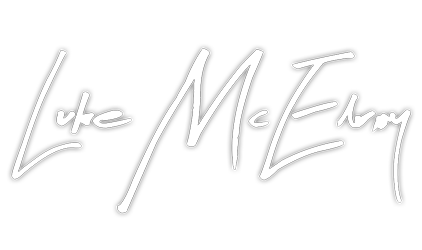I was listening to the radio the other day. It was a traditional talk show where listeners can call in and get advice. The guy who called in explained that he owned a business that rented very large equipment to farmers and those in the agricultural industry because you only needed this device once a year (if that).
The guy makes 40,000 a year off this business. He was wanting advice because he wanted to buy a new piece of equipment that would be an upgrade from what he currently has. It was going to cost him $20,000 after he sells his old piece of equipment. So if you can’t tell already, this is a very expensive piece of equipment.
He said he needed to upgrade this because it would keep him ahead of the curve. I get it. Being a business owner sometimes there are large costs in trying to stay innovative and it needs to be done. But he wasn’t considering all the circumstances.
When the host asked how much of an increase this new piece of equipment would bring to his business each year his answer was “about $5000”. Per year? That’s not at all worth the increase. And after a little bit more digging you realized that the guy who wanted to buy this new piece of equipment had fell into what I call the “gadget trap.”
We’ve all been there. I’ve been there… you’ve likely been there. It may not have been a piece of agriculture equipment that cost thousands, but maybe it was a new computer, a sound board for your church or the latest software. The question we always have to ask is if the gadget we’re buying is going to add more value than we will spend getting “said” gadget.
We often make buying decisions on tech stuff or things in our work environments that are based on perceptive industry trends or what “everyone else is doing.” This is a dangerous place to be, because we tie up money in places that don’t add value to our organizations or lives.
Don’t get caught in this gadget trap. Make sure to always get new technology or tools that will allow for more value in your environment. It may not be “cash” based value, but it may allow for increased productivity or better organization of ideas. Regardless, make sure you don’t sacrifice value and flexibility for those “new” toys or gadgets.

